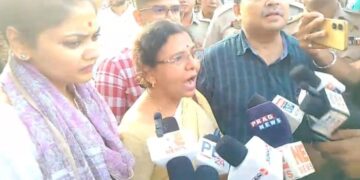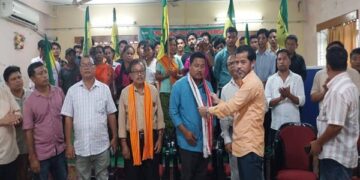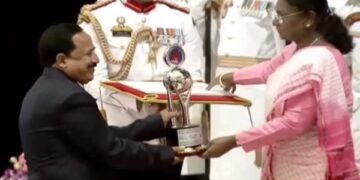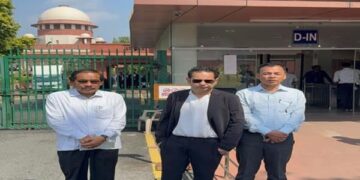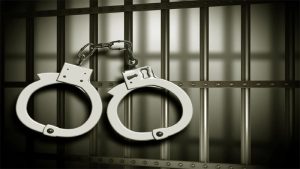Agartala: April 26: In the wake of a recent militant attack in Pahalgam, Kashmir, India is grappling with heightened tensions and an uptick in communal provocations. The tragic event has sparked a wave of discussions, fervor, and in some instances, hostility across various regions of the country. One incident that has drawn attention is the arrest of a retired headmaster, Sajal Chakraborty, from Dharmanagar, Tripura, for allegedly making indecent remarks against the nation and Union Home Minister Amit Shah on social media platforms.
Chakraborty’s arrest comes amidst an atmosphere where individuals are increasingly scrutinizing the content shared online, particularly when it reflects dissent or criticism of government officials and policies. The specific charges filed against Chakraborty include sections 196, 352, and 353 of the Indian Penal Code, which address offenses related to defamation and acts that provoke public disturbance. Following his arrest, he was presented in court, setting a legal precedent that has raised critical questions about freedom of speech and the limits of expression, especially in times of national distress.
The case against Chakraborty is emblematic of a growing trend where expressions of dissent are being met with legal repercussions. While some argue that this is necessary to maintain order and respect for national sentiments, others highlight that such actions could stifle legitimate grievances and discussions necessary for a robust democracy. As such, the situation in Tripura reflects broader societal dilemmas faced by many in India today—the constant balancing act between national pride and individual freedoms.
Moreover, in connection with this incident, another individual named Biswajit Biswas has come under scrutiny due to a complaint filed against him for allegedly making anti-India posts. Although he has not been arrested as of yet, authorities are diligently investigating the matter to determine the merit of the claims against him. This case further signifies the heightened vigilance law enforcement agencies are exercising regarding online content that can be construed as provocative or inflammatory.
The arrest of Chakraborty and the ongoing investigations into Biswas’ activities highlight a concerning trend whereby governmental and law enforcement responses can sometimes equate criticism with treason. Critics of the current approach argue that in a democratic society, dissent should not only be tolerated but embraced as a necessary counterbalance to power. The repercussions of such restrictive measures can create a chilling effect, discouraging open dialogue and constructive criticism essential for societal progress.
As tensions rise in the wake of the Pahalgam attack, the reactions to these incidents can either heal or further divide communities across India. Ultimately, the ongoing developments in Tripura and beyond call for careful reflection on the nature of discourse in a multicultural society and the imperative of protecting individual rights without compromising national integrity.
In conclusion, Sajal Chakraborty’s case serves as a microcosm of the broader struggles faced by Indian society today, balancing the fine line between environmental preservation of national sentiment and the safeguarding of democratic freedoms. It suggests a need for dialogue and understanding, urging a collective approach toward navigating these challenging times while fostering an atmosphere of tolerance and respect for diverse perspectives.

